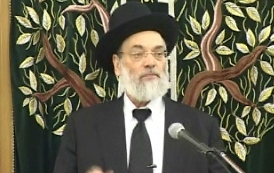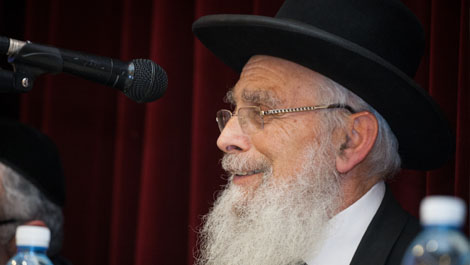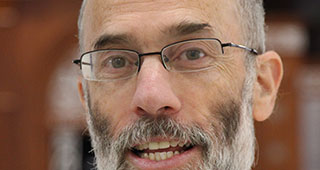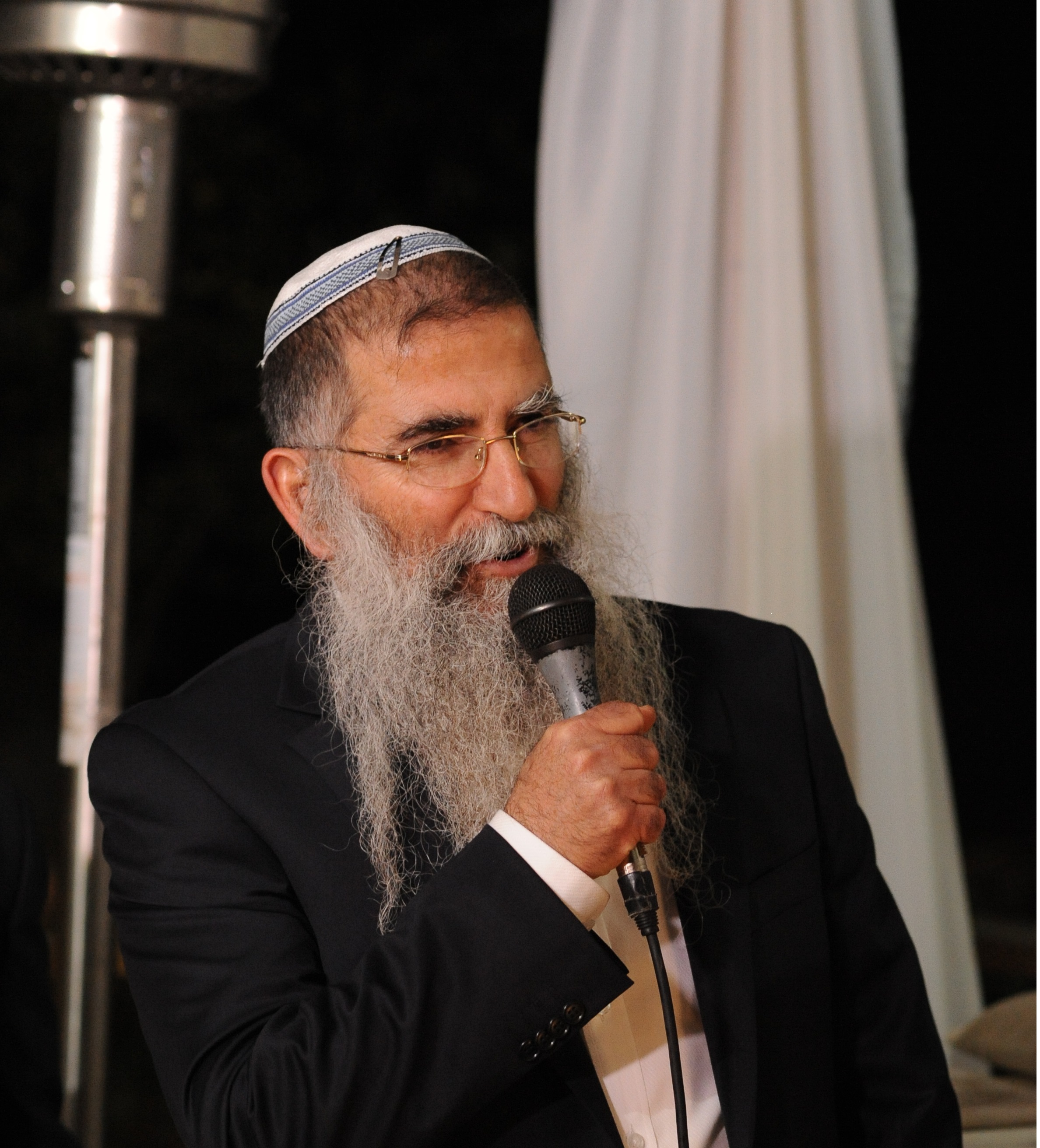Beit Midrash
- Sections
- Chemdat Yamim
- Parashat Hashavua
- Torah Portion and Tanach
- Bamidbar
- Beha'alotcha
Zecharia speaks at length about how the geula will(/would) work. He says that at that time "a man will call his friend to [sit] under his grapevine and fig tree" (ibid. 3:10). This image connects us to other great times in Jewish history. In describing the tranquility and prosperity that existed during Shlomo Hamelech’s reign, the navi says that the people were "secure, each man under his grapevine and his fig tree from Dan to Be’er Sheva" (Melachim I, 5:4-5).
There is a parallel, through the idea of grapes and figs, to a prophecy of Micha (4:1-4). He refers to the End of Days as a time in which people will sit under these trees. In those p’sukim he also speaks about themes and phrases made famous by Yeshayahu: the Beit Hamikdash will sit proudly at the head of mountains, attracting the nations of the world, who will be led by Mashiach, and they will beat their swords into plowshares and no longer learn war. The prophet Chagai, who like Zecharia, lived during the Babylonian exile and the beginning of the Second Temple period, also used some of these motifs (2:18-19).
These prophecies were designed to have been fulfilled at the time of Zerubavel, from the House of David, and the kohen gadol, Yehoshua ben Yehotzadak, who functioned as leaders of those who returned to their homeland from Babylonia. Chagai’s prophecies and many of Zecharia’s were addressed to them. Had these leaders succeeded, the symbol of the menora with olive leaves, would have been the symbol of the Kingdom of Judea, some 2,500 years ago. The people would have been enjoying life under their grapevines and fig trees well before what became the period of the Chashmonaim.
So why did the Jews of that time not succeed in being the generation of the End of Days? Zecharia spoke about a time when there would be no need to keep the fasts associated with the destruction of the Beit Hamikdash and ends the prophecy with "truth and peace shall you love" (8:19). This seems to be a condition for the arrival of the days of liberation. What do truth and love refer to? In the political realm, it means that the apparatus which Zerbavel led would have to be motivated by truth and not by self-interest, which causes the type of deception that we are unfortunately used to. Peace relates to the spiritual/religious apparatus led by Yehoshua, who was to look for a path toward unity within the nation, including between those who see things differently from each other.
We too, in our days, should strive to have our Israeli society run based on these principles.

Monotheism in Egypt?! Yes!
Various Rabbis | Tevet 5768

Parashat Hashavua: How to Ensure a Future of Torah
Rabbi Yossef Carmel | Cheshvan 5786

“On this Day, They Came to Sinai”
Rabbi Shaul Yisraeli zt"l | 5772
























